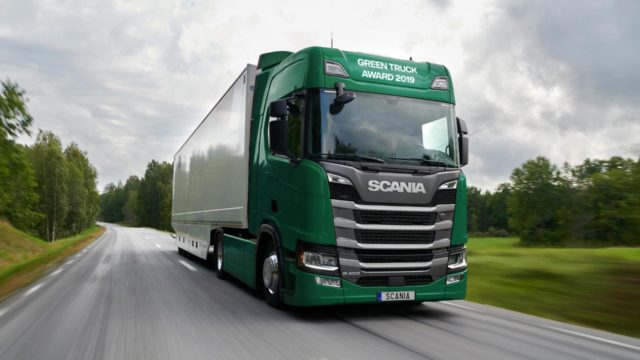
Awareness of the importance of caring for the environment is gaining strength among commercial vehicle manufacturers. Discover three surprising innovations.
Caring for the environment through innovation
The emission of polluting gases into the atmosphere, a product of the combustion of engines, is one of the causes of climate change. Aware of this and encouraged by public administrations, which want to meet objectives such as those set out in the Kyoto Protocol, the industrial road transport industry has set to work in search of more ecological ways of transferring loads. Innovation is the best ally to achieve this goal. Little by little, the new fuels stop being an illusion to become a reality, as in the case of natural gas, biodiesel, or ultra-low sulfur diesel, as well as other alternatives, such as liquefied petroleum or biofuels.
Thanks to innovation, lighter vehicles are also manufactured, in which thermoplastics and aluminum replace the old materials. These improvements are already applied in many cases, but others are less implemented and even more innovative, which may be extended in the coming years:
Rice husked for making tires
Such an unexpected material can have a lot to say in tire manufacturing. Rice husk, which is usually thrown away, can become essential when combined with rubber. The silica obtained from its ashes can minimize the friction between the wheel and the asphalt, which generates fuel savings and makes circulation more sustainable and respectful with the environment. The manufacturer working on this project, Goodyear, seems to have hit the nail on the head with a biodegradable material that is greener from the manufacturing process.
You should read: 5 Truck Driving Tips to Become a Better Driver
Battery recharging during braking
Recovering part of the energy generated when the brakes act on the wheels is an innovation developed for Formula 1 cars. Its efficiency has led to several industrial vehicle manufacturers working to extrapolate it to trucks. Volvo, Scania, MAN, and Mercedes-Benz are some of them. The rationale for this advance is that vehicles can recharge their batteries during braking moments so that it is possible to circulate with the thermal part of the engine on flat and descending sections of the road. Estimates are that more than 12 tons can be moved with a range of up to 200 kilometers, and there is talk of an implementation date close to 2020.
Hybridization before the electric truck arrives
Tesla, Mercedes-Benz, and Nikola Motors are three leading companies in the electric truck’s bet. All are in a testing phase of this type of vehicle, whose main advantages are a drastic reduction in polluting emissions and noise pollution reduction. Meanwhile, manufacturers such as DAF or Volvo are developing hybrid models, in which they take advantage of the advantages of electricity without, for the moment, completely stopping the use of traditional fuels.
The advantage is that they increase autonomy and solve one of the main drawbacks for the implementation of fully electric vehicles, the lack of charging points along a route of many kilometers by road.
To get more information about us, follow us on Facebook and Instagram. Or call us right now for a road service on: repairtrucktrailer.com
